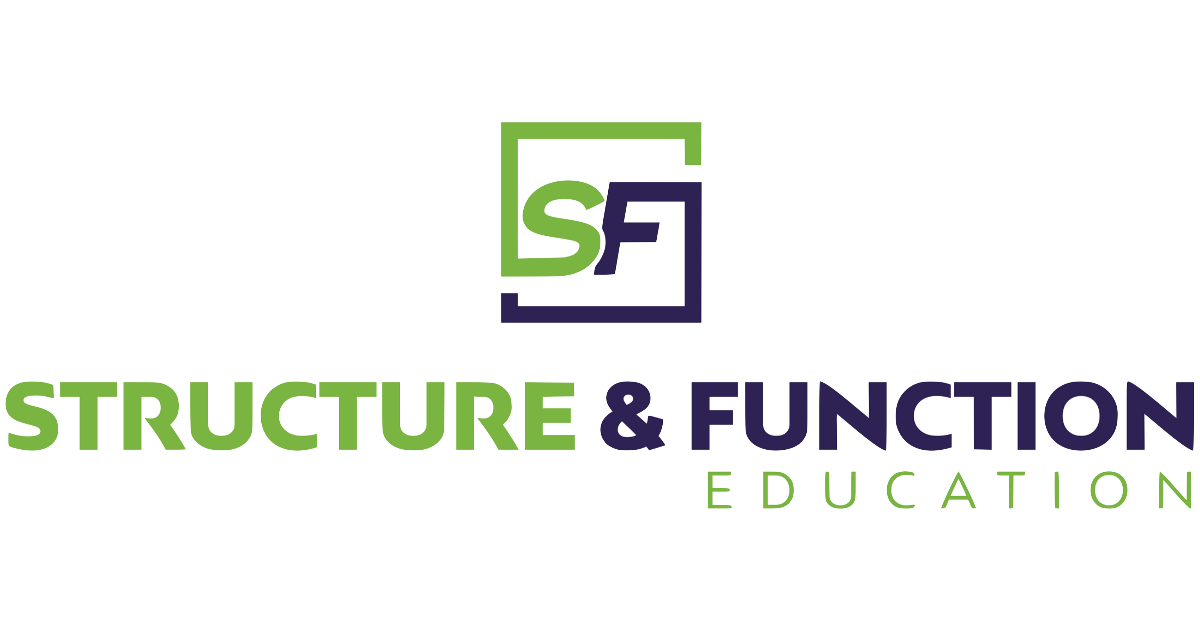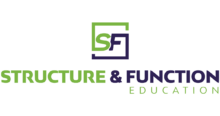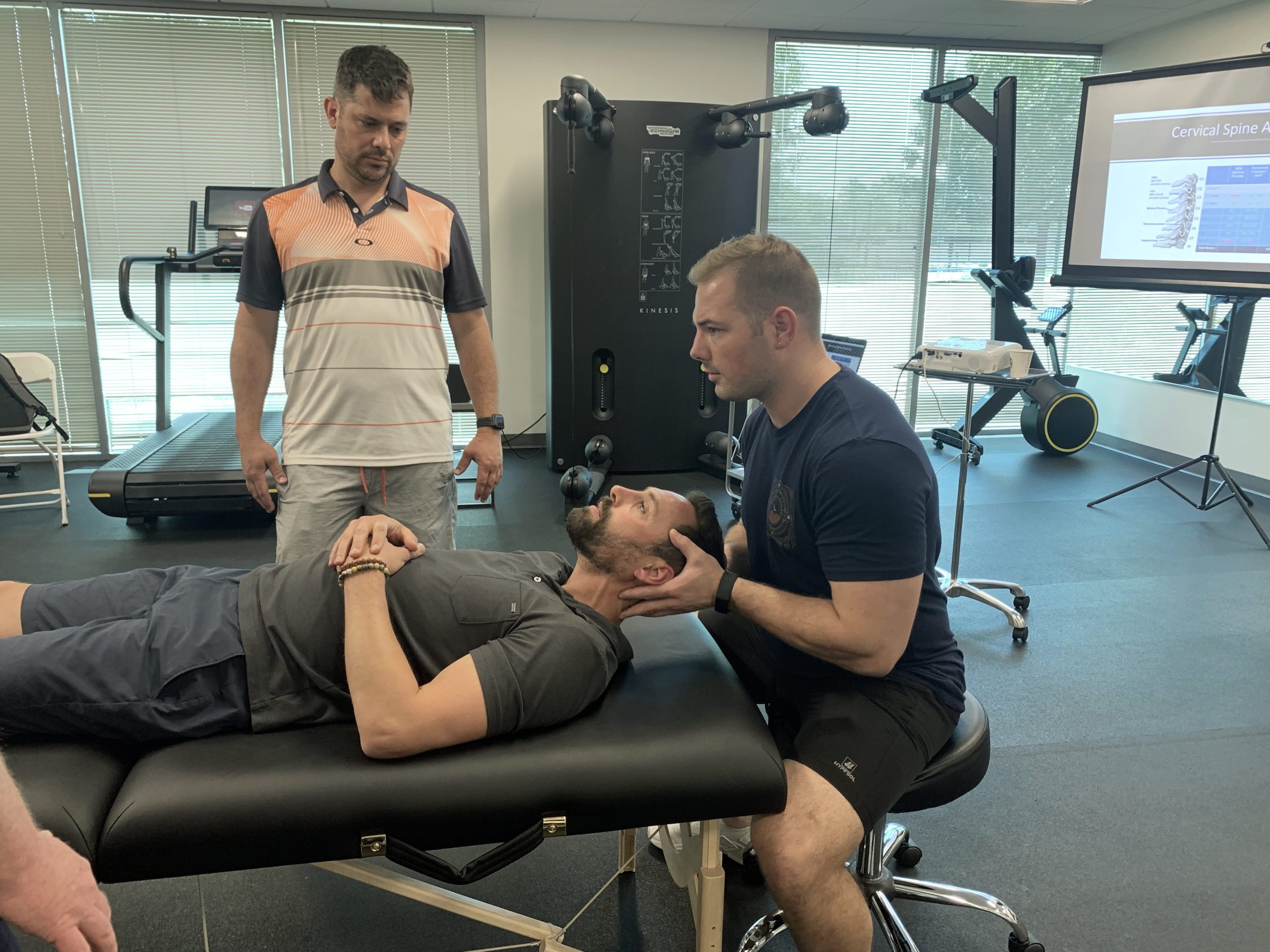
Foundations of Joint Manipulation by Fix Medical Group (JMN1)
Course Description
The Foundations of Joint Manipulation by Fix Medical Group course is a 20-hour lab-based course. The clinician will learn a focused approach to joint manipulation. With the primary intent in practice of lessening pain and improving range of motion for patients, various therapists and chiropractors may use this technique to help patients move and feel better after loss of functional mobility from an injury or illness. The clinician will learn fundamental skills necessary for safe and effective manipulation of a joint which involves applying force to the spinal or peripheral joints to improvement movement.
Safety considerations are emphasized. Current science and research will be presented, along with a vast amount of clinical experience, allowing immediate application of manipulative techniques into the clinicians’ professional practice. A two-day course, comprised of 80% practical and 20% didactic training is designed to concentrate on the development of the psychomotor skills needed to deliver manipulation safely and effectively to the spine and extremities.
“How can Foundations of Joint Manipulation help patients?”
If a patient has a joint is dysfunction and is not moving properly, clinicians may choose to perform joint manipulation. There are several benefits to joint manipulation:
- Decreased pain: When a dysfunctional joint starts moving properly after a manipulation, pain receptors in the area are “reset” and pain may be decreased.
- Improved muscle activation near the joint: After a dysfunctional joint is manipulated into its anatomical position, muscles surrounding the joint can contract properly.
- Improved range of motion: After joint manipulation, the surfaces of that joint are in a better position for movement. This may lead to improved freedom of movement and range of motion with less stiffness.
- Improved functional mobility: Once a joint is manipulated, the improved range of motion and muscle activation around the joint can lead to improved overall functional mobility.
Course Details
General Schedule
| Day 1 | Day 2 | ||
|---|---|---|---|
| Saturday | 8am to 5pm | Sunday | 8am to 5pm |
Areas of the body to be covered in class include:
- Upper extremity
- Lower extremity
- Cervical spine
- Thoracic Spine
- Lumbar spine
Upon course completion, the clinician will:
- Define manipulation and its physiologic effects.
- List two kinematic/kinetic research findings for manipulation to be applied to the spine and extremities.
- Describe the end feel that is vital in performing safe, effective spinal manipulation.
- Identify the appropriate anatomical landmarks for targeting anatomic segments with manipulation.
- List two examination findings that justify the use of manipulation for musculoskeletal conditions.
- Articulate when to not perform manipulation treatments due to contraindications, given various patient case scenarios.
- Perform the correct manipulation procedures to the spine and extremities given case scenarios provided.
- Discuss the safety of performing spinal manipulation.
- Demonstrate an understanding of the potential mechanisms by which manipulation improves musculoskeletal pain.
- Demonstrate an understanding of the literature regarding the efficacy of spinal and extremity manipulation for various musculoskeletal conditions.
- Have knowledge of the physiological and accessory levers used in the application of spinal and extremity manipulation.
- Demonstrate the knowledge of safety considerations that are important in employing manipulation for various musculoskeletal conditions.
Professionals who may take this course include:
- Athletic Trainers
- Chiropractors
- Doctor of Osteopathic Medicine
- Medical Doctors
- Physical Therapists
- Physician Assistants
Prerequisites:
Registrants must be licensed practitioners able to perform manipulation in their respective states or country.
Required Reading:
- A History of manipulative therapy. Pettman
- The Role of Descending Modulation in Manual Therapy and Its Analgesic Implications: A Narrative Review. Vigotsky and Bruhns.
- The role of the descending inhibitory pain mechanism in musculoskeletal pain following high-velocity, low amplitude thrust manipulation. A review of the literature. Christos et al.
- Characterizing Adverse Events Reported Immediately After Osteopathic Manipulative Treatment. Degenhardt et al.
Required Course Supplies:
- An Anatomy Reference – Preferred references below, however any anatomy reference will be acceptable.
- Trail Guide to the Body 5th Edition
- Palpation Techniques: Surface Anatomy for Physical Therapists
- Skin pencils are needed for marking anatomical landmarks
You will receive an email prior to the course you register for with the following information:
- Any course specific instructions such as a location and event reminder, parking instructions, and course check-in time.
- Log-in information and instructions can be found on our online education platform
- This log in information will allow you to access the Foundations course power points, resources, course certificate, etc.
- Please be sure to log in successfully to the back end of the website prior to class.
Upcoming Courses
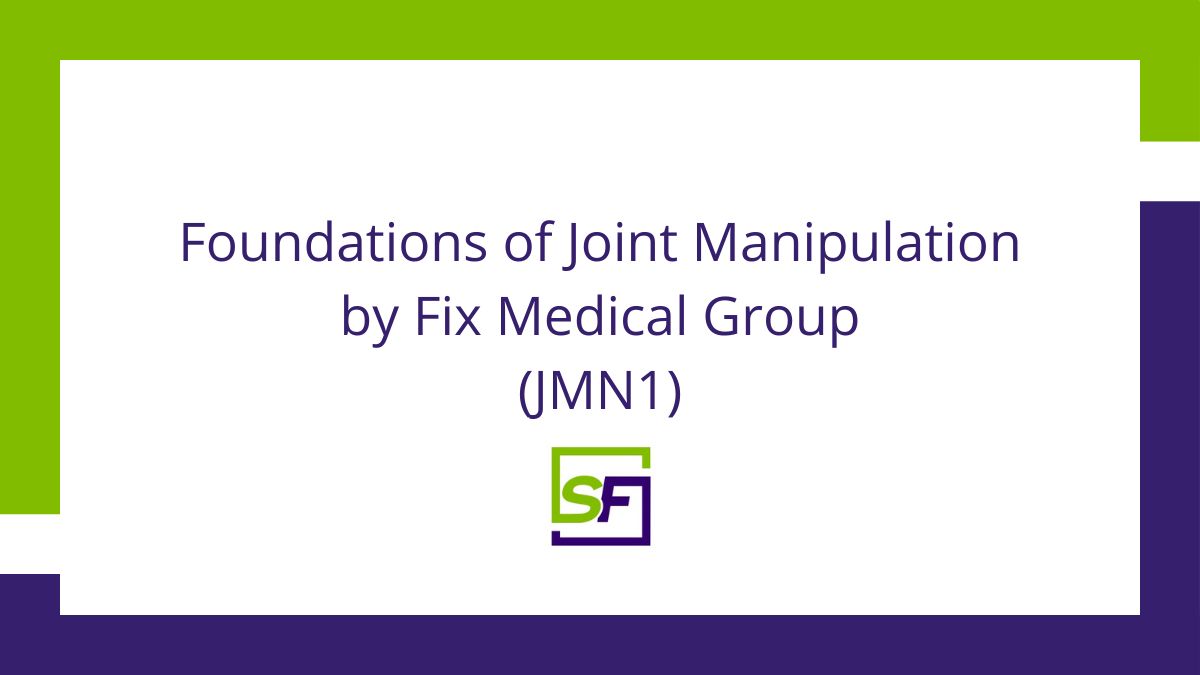
Learn Joint Manipulation (JMN1) in Phoenix, AZ on March 21st, 2026
Fix Medical Group 11333 N Scottsdale Rd Suite 140, Scottsdale, AZ, United StatesPhoenix, AZ on March 21-22, 2026: Learn Joint Manipulation from Structure & Function Education with our Foundations in Joint Manipulation (JMN1) course. This 20-hour lab-based course gives the clinician a foundation in a focused approach to joint manipulation. The primary purpose is to help a clinician lessen pain and improve range of motion for patients, helping patients move and feel better after loss of functional mobility from an injury or illness. The clinician will learn fundamental skills necessary for safe and effective manipulation of a joint which involves applying force to the spinal or peripheral joints to improvement movement.
Foundations of Joint Manipulation by Fix Medical Group (JMN1)
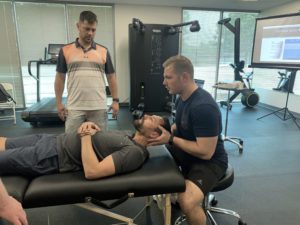
The Foundations of Joint Manipulation by Fix Medical Group course is a 20-hour lab-based course. The clinician will learn a focused approach to joint manipulation. With the primary intent in practice of lessening pain and improving range of motion for patients, various therapists and chiropractors may use this technique to help patients move and feel better after loss of functional mobility from an injury or illness. The clinician will learn fundamental skills necessary for safe and effective manipulation of a joint which involves applying force to the spinal or peripheral joints to improvement movement.
Course Provider: Organization
Course Provider Name: Structure & Function Education
Course Provider URL: https://structureandfunction.net/jmn1-foundations-of-joint-manipulation/
Course Mode: Blended
Course Workload: PT20H
Duration: PT20H
Repeat Count: 2
Repeat Frequency: Daily
Course Type: Paid
Course Currency: USD
5
